Managing psychosocial risks at work is just as important as managing physical risks.
Persons conducting a business or undertaking (PCBUs), such as employers, must eliminate or minimise psychosocial risks so far as is reasonably practicable.
To manage psychosocial risks, apply the four-step risk management process:
- identify the hazards
- assess the associated risks
- implement control measures to eliminate or minimise risks, and
- regularly review control measures to ensure they remain effective.
Our infographic Managing psychosocial risks at work has information about psychosocial hazards and applying the four-step risk management process.
Every step of the risk management process must be supported by consultation with workers and their representatives. Good consultation with workers can help you identify and control risks and lead to better outcomes.
The first step in the risk management process is to identify the psychosocial hazards.
Your workers may talk about their exposure to psychosocial hazards in different ways. For example, they may say they feel stressed, burnt out or emotionally exhausted from their workload.
The infographic, What psychosocial hazards sound like, prompts you to think about how your workers might describe psychosocial hazards.
For more information about psychosocial hazards and for practical steps to manage risks in your workplace, read the model Code of Practice: Managing psychosocial hazards at work.
Mental Health Support
If you or a colleague are feeling depressed, stressed or anxious there are services to help.
